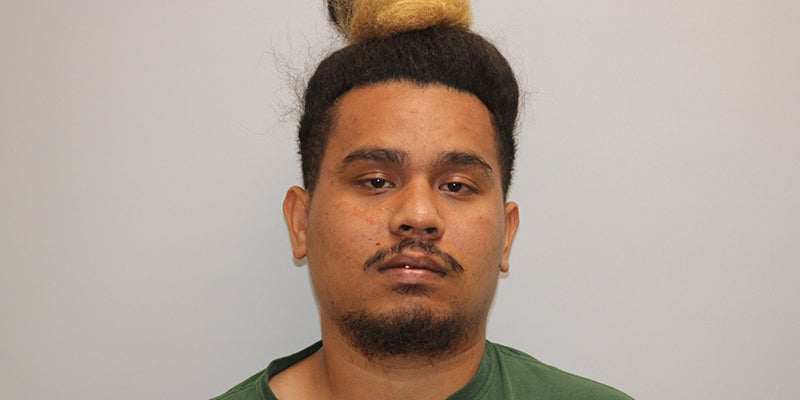State signals it will crack down on uninsured drivers
Published 8:54 am Thursday, December 11, 2014
By Martin Moylan
MPR.org/90.1 FM
A legislative task force is close to making recommendations on better ways to identify Minnesotans who drive without auto insurance, and how to get those people to buy coverage.
According to insurance industry and other estimates, 10 to 20 percent of Minnesotans drive uninsured vehicles. Those uninsured motorists drive up premium costs for insured drivers.
But in Minnesota, drivers do not have to prove they have insurance when they pick up tabs for a car. Department of Public Safety information systems don’t communicate with insurance companies to identify vehicle owners who don’t carry coverage.
“We have this law requiring mandatory insurance,” said state Sen. Susan Kent, who heads the state’s uninsured motorist task force. “But we know we don’t have any sort of meaningful verification system at this point.”
The task force, which met this week in St. Paul, includes law enforcement personnel and representatives from the insurance industry along with senior citizens and people from other constituencies.
By Feb. 1, it aims to come up with the best legislative recommendations it can despite the difficulty of finding uninsured drivers, said Kent, DFL-Woodbury.
“There’s a real sort of continuum of how strong we want to be in these enforcement mechanisms and how hard we want to pursue people to prove their insurance,” she said.
Last year, Minnesotans paid about 33,000 tickets for driving without insurance. Another 38,000 tickets were issued but not paid. But a task force member said it is not known how many of those drivers later presented proof of insurance and how many just ignored the ticket.
Kent said the Legislature created the task force in part because the Department of Public Safety is upgrading its computers. That and other technology advances should make it easier to identify the uninsured.
She said it’s possible, for example, to connect license plate readers in patrol cars to vehicle and insurance databases, potentially alerting police to uninsured motorists as they drive by.
But Kent doubts her legislative colleagues have the stomach for such an all-out effort to snare uninsured drivers.
Task force member Dennis Flaherty, executive director of the Minnesota Police and Peace Officers Association, however, said it’s time to get tough.
“They shouldn’t be driving,” he said. “They shouldn’t be operating motor vehicles on the roadway.”
Motorists who buy insurance must also pay for coverage that protects them from people who don’t purchase auto insurance or not enough of it.
The committee has mulled myriad policy ideas, from requiring drivers to present proof of insurance to pick up license tabs and making auto lenders require coverage to seizing the plates of uninsured vehicles and increasing fines.
Currently, uninsured drivers could lose their drivers’ licenses and be fined about $300.
But some task force members say stiffer fines could make it harder for cash-strapped people to buy insurance.
“If people can’t afford insurance we don’t want to make it tougher,” said state Rep. Joe Hoppe, R- Chaska. “It’s the law that people have to have car insurance and there are good reasons for that. We’re just trying to find ways that make people hopefully voluntarily decide to go get insurance.”
One state requires uninsured motorists to pay a penalty that includes a fee to buy insurance.
The committee also has been trying to understand who is uninsured to identify demographic groups most in need of education and persuasion.
Some say such drivers likely are young, poor and drive older cars.
Joel Carlson, a lobbyist for the state’s trial lawyers, believes poverty explains why many people don’t buy insurance.
“Do I put dinner on the table?” he said. “Do I continue to drive my car to work to keep my job? Or do I buy auto insurance? In many instances, it’s an economic decision.”



